233 (Ramon Blanco Barrera) | Seville, Spain
Join us in an interview with Spanish artist 233 (Ramon Blanco Barrera), who visited our office in San Francisco last Winter, during his residency as a visiting artist at the University of California, Berkeley. Here he talks about his past projects and his experience as a socially engaged artist and worker.

It is through art that I engage with human rights issues and approach people in different communities, offering a creative way of addressing issues that concern them. I see my projects as ‘democratic artworks’, because they are generated by the communities I work with, exchanging ideas and experiences, discussing the difficulties, and finally creating something proactive.
Being a socially engaged artist is not easy. What is the hardest thing for you about being this kind of artist?
My projects address social and political issues that can be considered controversial. I encountered different problems with each project, depending on the situation or the location, because people are different, as are the conditions that concern them. When making this type of art it is very easy to get in trouble. Sometimes the problems stem from the audience, sometimes from the people I work with during the process; they can feel a bit uncomfortable because of the controversy of the projects. You have to try your best to generate trust to be able to work together and interact productively to address the issues they care about.
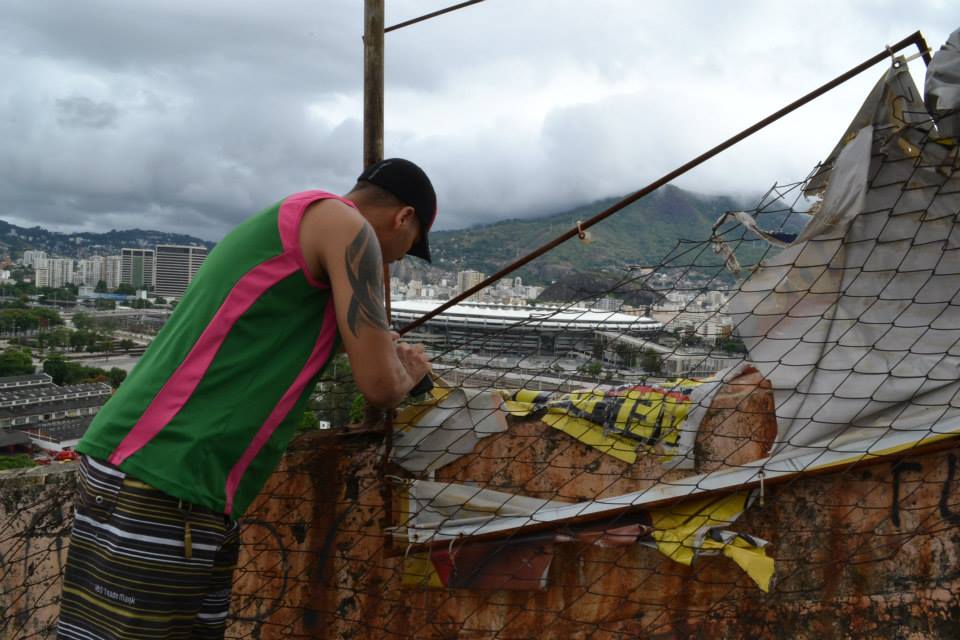
I consider my projects ‘democratic artworks’ because of the way they are created with the people who participate in them. I try to offer people, in the communities where I work, a creative way of reclaiming their rights. It is the ‘creative’ aspect that makes them comfortable and willing to get involved in the projects. Becoming friends with the people I work with is also extremely important, it makes a big difference. I am still in contact with many who participated in our various projects.
Aside from any difficulties, my experience as a social artist has been wonderful. It would be difficult to define it in only one word or phrase, because it would fall short of how meaningful it has been. Consider how one person having an experience on their own can feel so passionate, and then you imagine that same experience with other people: its potential enhances exponentially, with no limit, and this is what motivates me to continue in my work.
What are the conceptual approaches, techniques and media you use in your projects?
My approaches and techniques usually depend on the project; I am very open to any type of medium. For ‘INTEGRAÇÃO’ (Brazil, 2014), for example, we used a large metal fence as the structure for a big word shaped by LED lights. For You Can Decide (England, 2009) I used painted wood to spell out words meant to be seen from a bird’s eye view. Sometimes I make videos, like ‘Traversing the Wall’ (Western Sahara, 2011). It is kind of funny because you never know what kind of materials you are going to end up using each time. So, everything depends on what fits best with the people you are in collaboration with as well as availability.
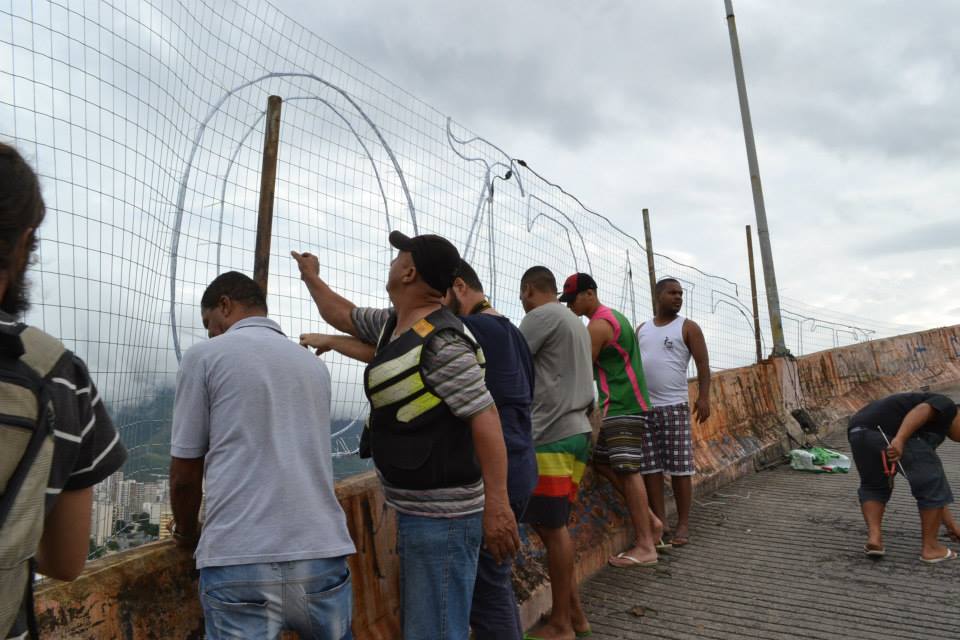
Can you tell us what governs your creative decision-making? And maybe describe some of your recent projects?
As I mentioned before, there are many aspects to consider for each individual project. ‘INTEGRAÇÃO’ was conceived as a special event, open to all who wished to participate, for promoting integration in the favela of Mangueira, in Rio de Janeiro.
The work created was a low energy lighting installation manufactured with white LED, shaping the word 'INTEGRAÇÃO' (INTEGRATION), 2 meters high by 12 meters long. By day it was off and by night it was on. Sadly, the lifetime of this piece, in perfect conditions, lasted only three days because it was attacked with irreparable cuts into its LED wire, turning the whole piece off. Some local neighbours saw two policemen next to the artwork during that night. The policemen claimed that it could be confused with drug dealers, or terrorism, and that it had to be completely off. Like I said, it is easy to cause controversy.

..........
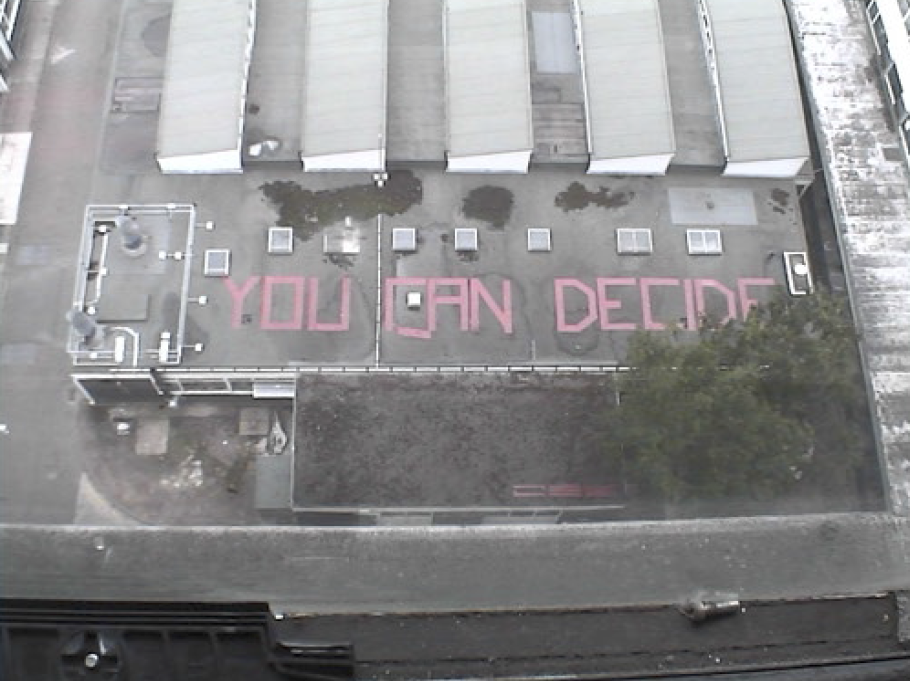
For the series ‘Who are you? What are you doing? What can you do?’ I tried to launch an invitation to the viewer to reflect on their own situations at that moment, and the circumstances they were experiencing. The artwork ‘You Can Decide’ was installed on the roof of the workshops of the De Montfort University (DMU) in Leicester, United Kingdom, so it could be seen from all 10 floors of the Art building in front of it. . 20 minutes after it was installed, some colleagues told me that the security officers were looking for me and the best option was to disappear for a while. When I went back, the Head of the School was waiting for me at his office. At that time I was doing an exchange program at this institution. He told me that what I did was forbidden and therefore they were considering to open a disciplinary proceeding. After the meeting with the Head of the School, my tutor told me secretly that what I did was a real artistic work, and congratulated me for it, but he couldn’t do anything to help me. I wrote a letter of apology addressed to the entire institution, and after a deliberation week, they decided not to undertake any action against me, allowing me to finish my Degree of Fine Arts.
..........
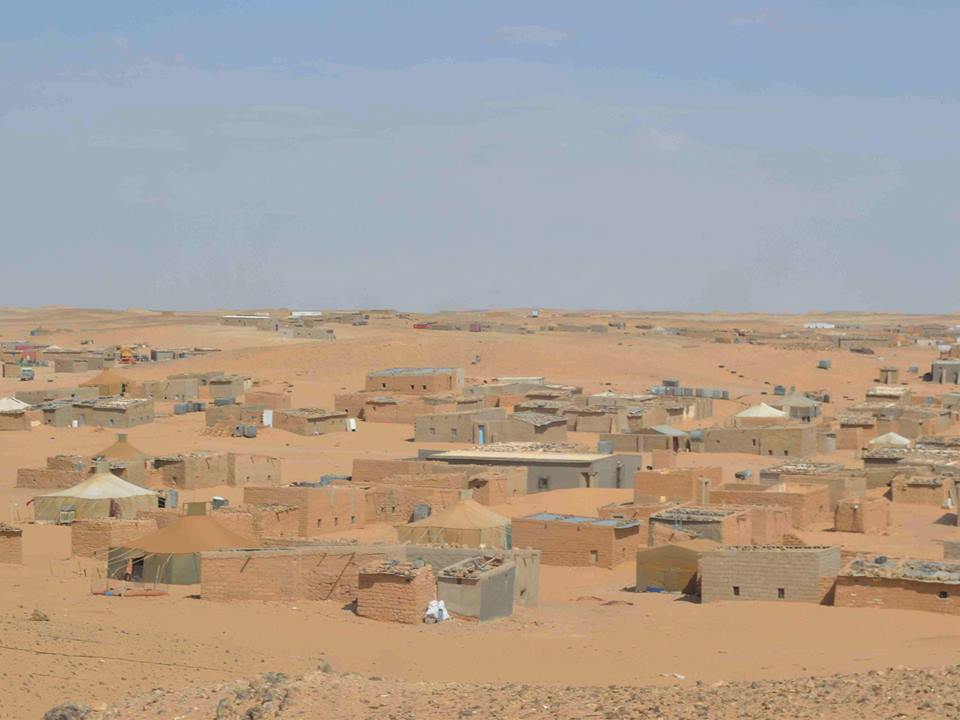
The installation ‘Sahara Libre Flag’ was a project I realized in 2011 with the community of the ‘Dajhla’ Saharawi refugee camp, in Tindouf, Algeria. It is a large flag made of stones, sand, cement, and paint. It represents the identity of the people of the refugee camp, and it denounces the permanent violation of their right to a land which is occupied by force, but which will be always belong to those who are their rightful owners: the Saharawi people. Viewed from the sky, and pointing to its undisputed place of origin, it sends a symbolic message to the world.
Other projects, like ‘Burgos’, in Ramallah, Palestine, and ‘The Universal Game’, in Ottawa, Canada, have been published before by the EAS website [you can see them here and here].
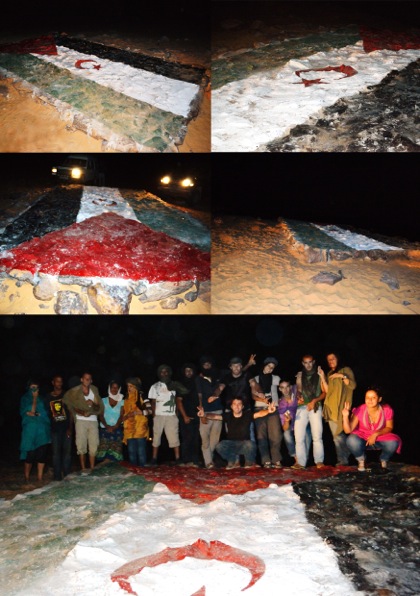
The spectrum of socially engaged visual art spans from reflection to action, as in the works of William Kentridge and in those of the Guerilla Girls. Where do you place yourself and your work in this spectrum and what is the relative importance of the two roles?
I don’t see myself outside or separated from the public. With this I mean that trying to make something (the process) is for me related to making it with other people as often as possible. I can always make pieces of art on my own and offer them to a certain audience. But actually, I never make art without reflection, except if I am doing something just for myself. There is no action without previous and post reflection. But there is reflection with no action, so we need to escape from that as well.
Who are the socially engaged artists, present or past, you admire most and why?
I will name just three, one per tense. Past: Santiago Sierra. His involvement with current workers’ issues in Spain has been controversial, but very interesting. Present: Nuria Güell. I do like the way she decided to move from the individualistic ideal of artist to the socially engaged ideal of artist. Future: Manuel Korr. I really believe in him. He is working for the Government, but manages to remain critical and independent in making his art. Coincidentally, they are all Spanish and they are all alive.
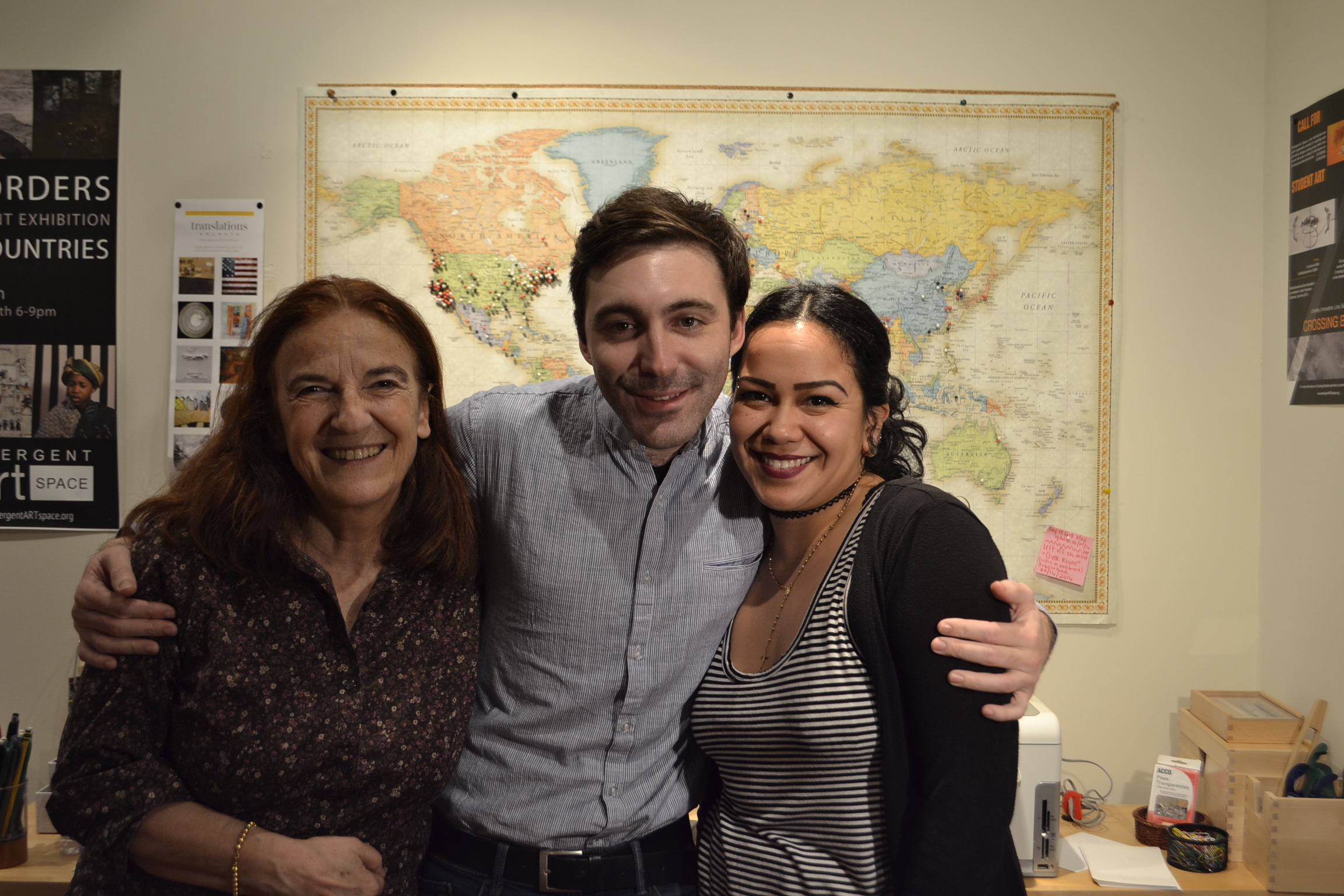
What are your thoughts about the Internet as a place for disseminating socially engaged visual art? Do you have any specific thoughts or advice for Emergent Art Space?
The Internet is the place for this dissemination, since it is the most open and more rapidly available means of communication that we have today, and probably for the near future. This technology has revolutionized our lives. And I think that Emergent Art Space is doing a very good job in using a website and virtual galleries to give exposure to young artists and to disseminate their art. Art is the foundation of everything. We are humans, emotions, feelings. We are not machines, but we are using them to our advantage. Perhaps an app for some mobile devices would be a really good idea to improve the access to EAS in the future.
Thank you very much for inviting me to this interview. I am really glad, honored and grateful to be here.
233 (Ramon Blanco Barrera) is pursuing a PhD in Art at the University of Sevilla. He is currently a Visiting Scholar at the ‘Centre for Ideas’ at the University of Melbourne, Australia, where he is doing research and exploring art practices related to those communities with students and professors working at the Centre.